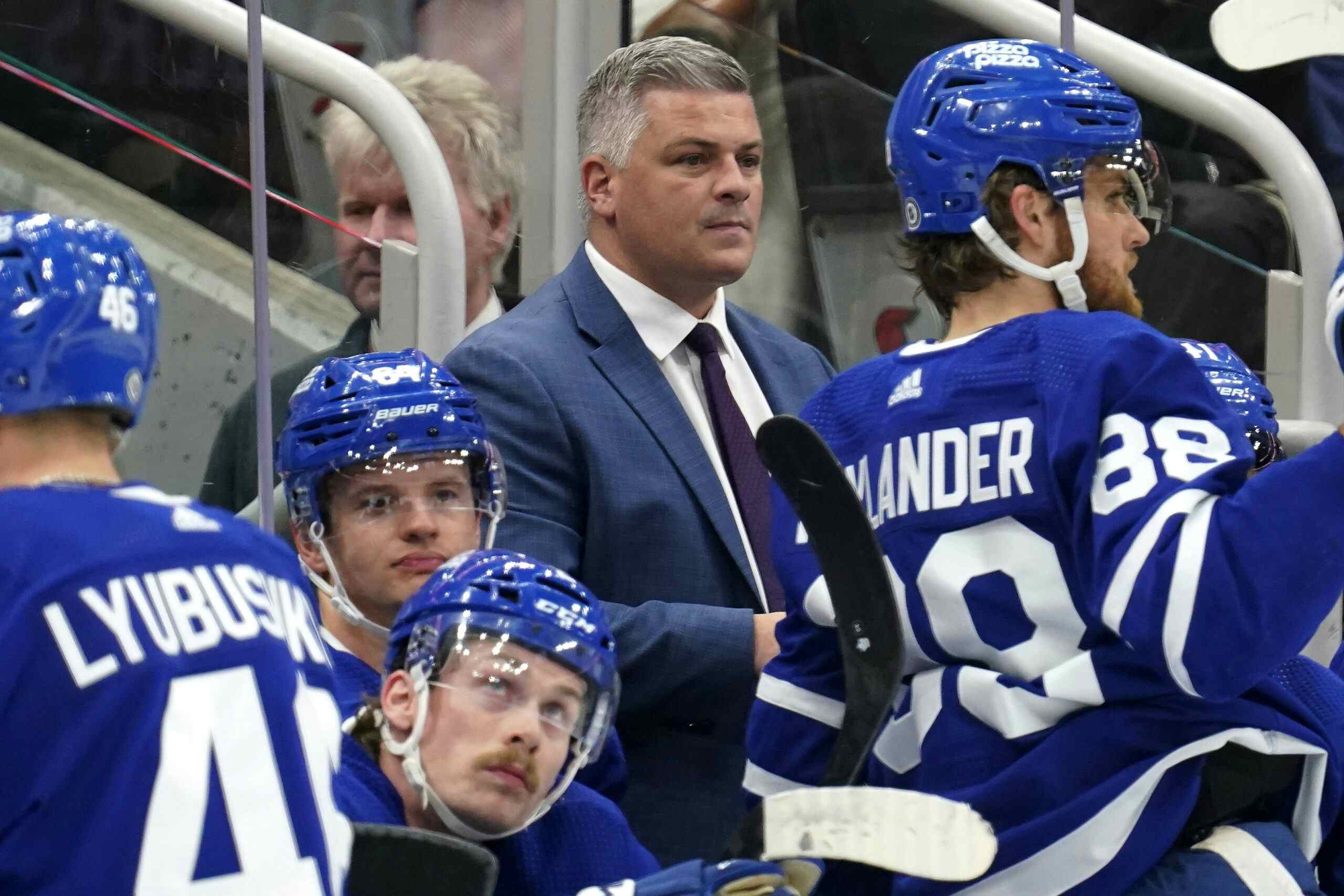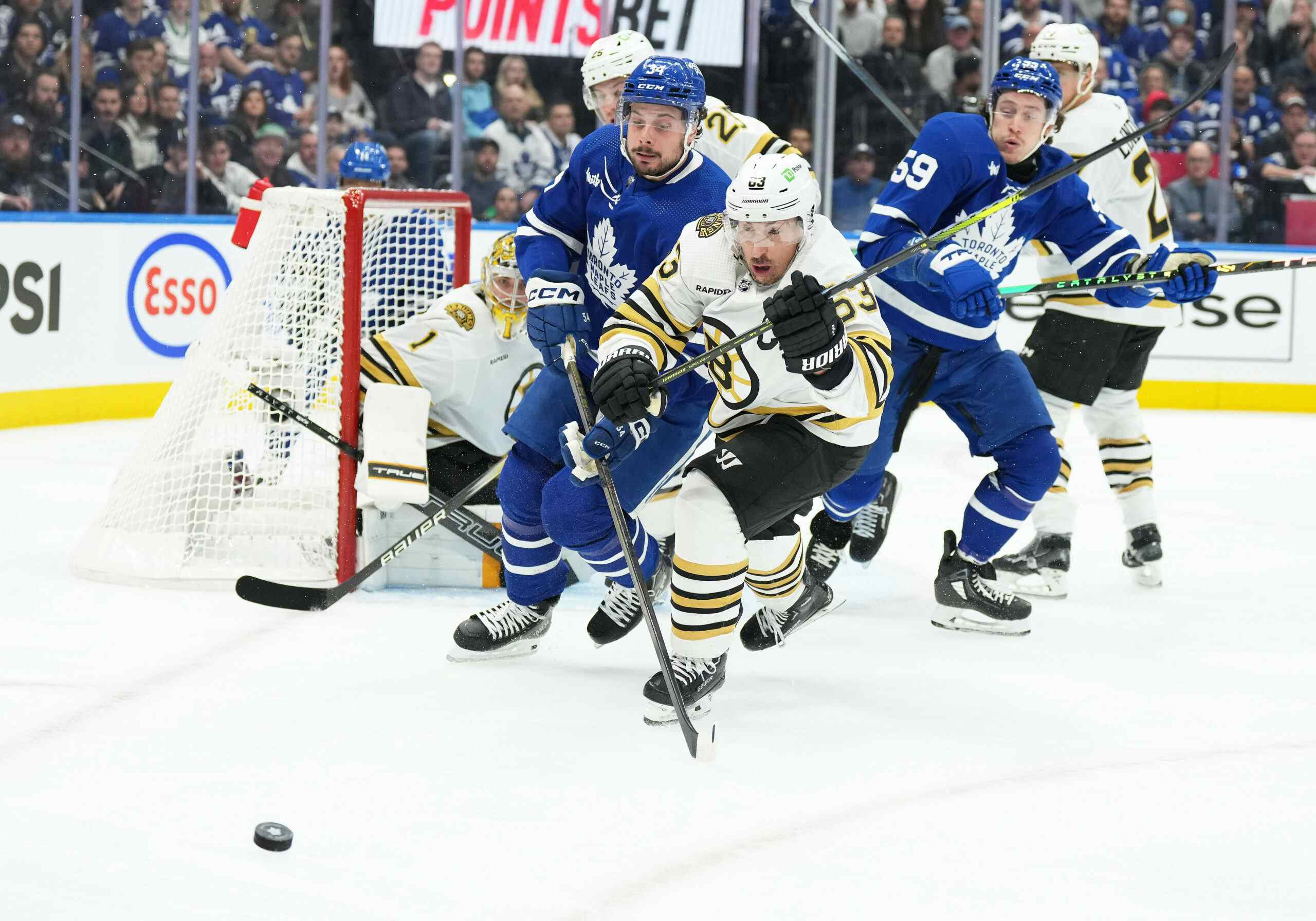Leafs Nation’s all-time greatest Toronto Maple Leafs team: Dave Keon
Standing at 5 foot 9 and only 163 lbs, Dave Keon would be considered by some to be ‘too small’ for today’s NHL. He’d possibly be put in a limited, sheltered role; he may even get waived twice in a single season.
As one of the NHL’s all-time best two way forwards, though, Keon brought value and longevity to the Toronto Maple Leafs that’s hard to ignore. He was a part of four Stanley Cup-winning teams, took home the Lady Byng twice, and earned himself a Calder Memorial trophy as a rookie and a Conn Smythe as a tenured vet — as one of the last in an era of truly successful Leafs players, Keon was the perennial Selke candidate before the Selke Trophy was a thing.
Career Statistics
| NHL | WHA | |
| GAMES PLAYED | 1,296 | 301 |
| GOALS | 396 | 102 |
| ASSISTS | 590 | 189 |
| POINTS | 986 | 291 |
- Winner of the Calder Memorial Trophy for Rookie of the Year (1961) with 20 goals in 70 games
- Winner of the Lady Byng Trophy (1962, 1963)
- Winner of the Conn Smythe Playoff MVP (1967)
- Stanley Cup Champion (1962, 1963, 1964, 1967)
- Inducted into the Hockey Hall of Fame (1986)
- Ranked 69th in the Hockey News’ List of 100 Greatest Players (1998)
Most Memorable Leafs Moment
If you were alive to experience Keon actually playing, you probably have a Dave Keon moment of your own that stands out in your mind as the best.
Some consider the Game Six comeback win against the Chicago Blackhawks in 1962 to be one of the most memorable games in his career, especially given that Keon himself was only 22 when it happened – and he managed to go from standing on the ice for Chicago’s first (and only) goal to winning his first Stanley Cup in mere minutes. Others – including Keon himself – consider the 1963 Stanley Cup victory to be the most memorable for sheer talent-related reasons; Keon once referred to that team as the Maple Leafs’ All-Time Team.
via Sportsnet: He believes the top two lines, top two blueline pairings and the goaltender from ’63 should make Sportsnet magazine’s Greatest Maple Leafs of All Time. “That was the one Toronto team [in the modern era] to win the regular season and the Cup, and those players were never better,” he says. “We put it together, everybody playing as a team, and if someone got hurt, whoever came in for him did the job. We were never that good again.”
What may be the most memorable moment in Keon’s career, though, is his victory with the team in 1967.
Johnny Bower, who had been arguably one of the best goaltenders in the league for nearly a decade by the time the 1967 season rolled around, was getting to be so old that he split starts with Terry Sawchuk in the playoffs that year – something as rare then as it is now (Bower was 40, Sawchuk was 36). Allan Stanley was holding court on the blue line on the wrong side of 40, as well – Red Kelly was 39, Tim Horton and George Armstrong were 36, and even Bob Pulford was already 30. For all intents and purposes, that team was considered over the hill.
In what was considered a ‘magical’ run, though, the aging Leafs rallied for one final cup victory – the last one among the Original Six pre-expansion, and the last one the Leafs would win to present day – and Keon was easily one of the most important players on the ice. The two-way centre was a spitfire and a pest, acting as responsibly in his own zone as he did across the rest of the ice – and it showed when he earned himself the Conn Smythe in a 3-1 victory to take the Final series in six.
The Canadiens would go 3 for 29 on powerplay chances in the Final, with Toronto succeeding on 7 of their own 29 opportunities – and that’s as much a testament to Keon and the mentality he brought to the Leafs as it was a nod to Sawchuk and Bower. He was also the man who scored the go-ahead game winner in game five, stood on the ice for the equalizer goal in the first period, and finished the series as one of the most valuable players not just en route to that cup, but en route to the team’s four cups in their final heyday era.
Legacy
Born in 1940 in Rouyn-Noranda, PQ, Keon told a story about one of his coaches with the St. Michael’s Majors:
“Father Bauer, the Majors’ coach, delivered what Keon considers the toughest and ultimately most important lesson in his career. “Father Bauer told me that if I could score three goals a game, I didn’t have to worry about what happened at the other end of the ice or how I played without the puck,” Keon says of the work ethic instilled in him at St. Mike’s. “It sounds easy to understand now but it really took two years for me to accept it.”
To him, that was a lesson that shaped his career – but for many, that’s a lesson that never really sticks, especially when they discover an offensive prowess equal to that of Keon’s himself. In fifteen seasons with the Leafs, Keon only finished with fewer than 20 regular season goals four times – and managed to win a Conn Smythe one of those times. He was a rare straight-to-majors player who skipped over playing in the development system, but made it clear from day one on that he already had the on-ice maturity and 200 foot game sense of responsibility necessary to succeed in the role he was given.
It’s rare to find both a good scorer and a strong defensive forward; it’s even rarer to find someone who plays a relentless checking game while only averaging 6 PIM per season over his entire NHL career, and it’s quite possible that Keon will be one of the only players in history to pull off being both. He was the perfect foil to Montreal’s Henri Richard – and was pitted against him more often than anyone, despite the common perception that Keon was Jean Beliveau’s worst nightmare – and likely would have gone on to have a more illustrious career if it weren’t for the way he was held in Toronto’s system by Harold Ballard.
It would take decades – nearly an entire generation, as a matter of fact – for the Leafs to bring Keon back to the club and convince the former underrated star to take part in team celebrations while donning his Leafs jersey. The rift in the relationship between Keon and Ballard was one of the most infamous in Leafs history, and it was never fully repaired – even after Ballard passed away, Keon still stayed away from the Leafs for years before finally accepting the appreciation of fans.
For those who remember his play, though, it’s hard to find a player who served as the kind of gritty, all-around workhorse that Keon did – and with the talent to back it up, he cemented himself on the list of all-time stars for the club.
Recent articles from Cat Silverman





